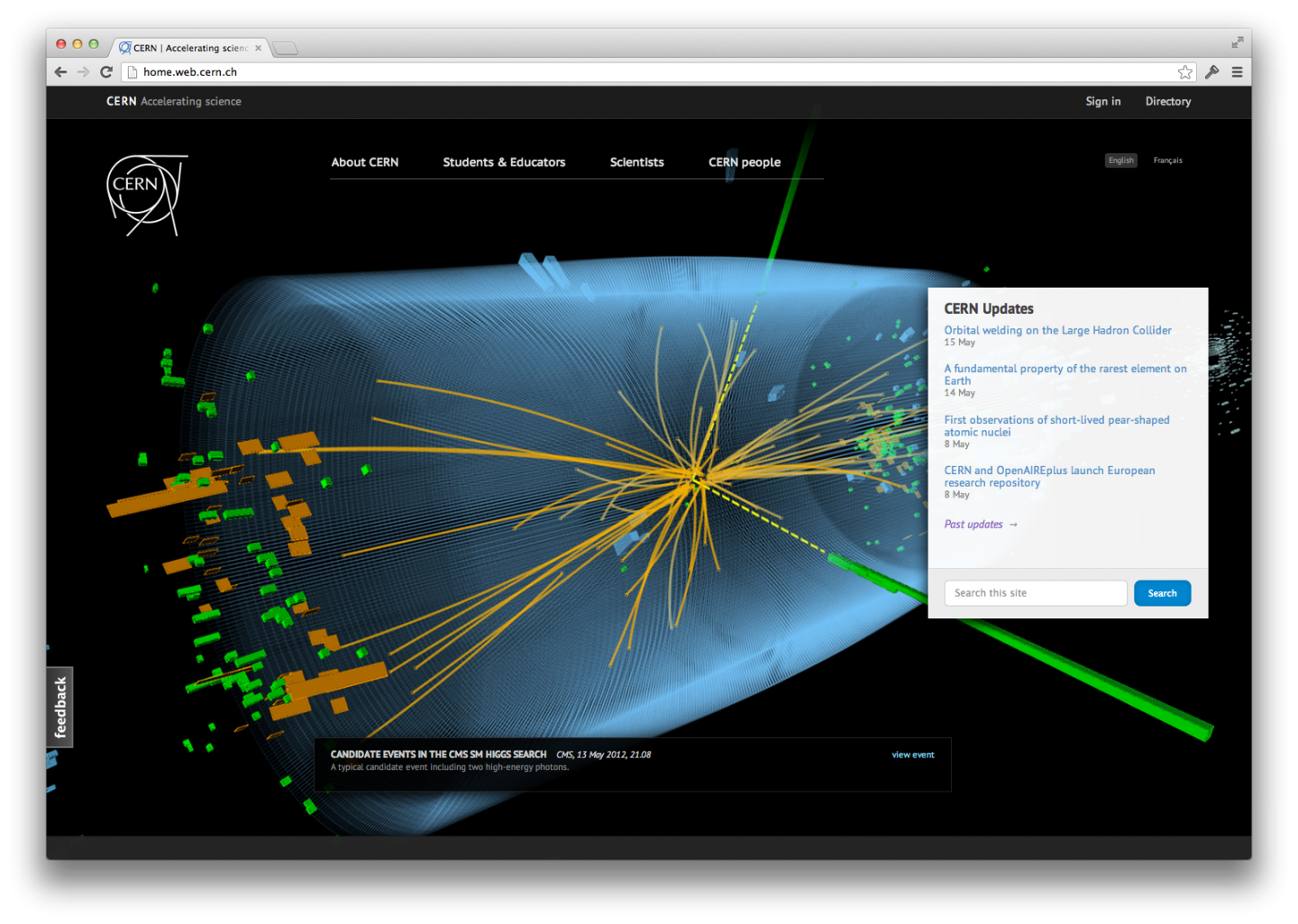The European Organization for Nuclear Research, more commonly known as CERN, stands at the pinnacle of modern particle physics, accumulating knowledge about the fundamental building blocks of nature through groundbreaking research and experimentation. Its contributions to our understanding of the cosmos have sparked intrigue and speculation, leading some to ponder an unconventional and provocative question: Is it possible that CERN is actually making people? Although this assertion might initially sound more like the premise of a science fiction novel than a legitimate scientific inquiry, a closer examination of CERN’s work and its implications on our understanding of consciousness, identity, and the universe can provide fertile ground for exploration.
The inquiry into whether CERN could create human beings hinges upon the intersection of quantum physics, particle interactions, and the philosophical underpinnings of what it means to be human. At the core of this debate lies the role of the Higgs boson, a particle discovered through experiments at CERN’s Large Hadron Collider (LHC) in 2012. The Higgs boson is often described as the particle that endows other particles with mass, a fundamental aspect of existence. Without mass, the dense fabric of the universe as we know it would unravel, precluding the very existence of matter itself.
The effects of such mass generation are profound, extending beyond mere physical interactions. They beg the question of identity and existence. What constitutes a human being? Is it solely a collection of biological components, or does it extend beyond the corporeal to include the intricate web of consciousness that characterizes our human experience? The discovery of the Higgs boson lends credence to the argument that understanding the universe at its most fundamental level may also illuminate the mysteries of our own existence.
Furthermore, developments in particle physics have spurred advancements in genetic research and biotechnology. These technologies interlace with the core principles elucidated by CERN’s research. For instance, the manipulation of particles and the understanding of their interactions can inform gene editing techniques, such as CRISPR. Notably, these advancements position humanity on the precipice of significant biological transformation. Such innovations provoke thought on whether our engineering capabilities might soon extend to the creation of entirely new organisms—potentially even sentient beings—guided by the principles derived from particle physics.
As our understanding of genetic engineering progresses, it’s crucial to consider ethical implications. The question of whether humanity possesses the right to create new life—be it through sophisticated technologies or direct manipulation of fundamental particles—invites a broader discourse on the moral responsibilities that accompany such innovation. With the specter of cloning and synthetic biology looming on the horizon, the philosophical inquiry regarding the essence of life gains renewed urgency.
Engaging with these themes, one may ponder the implications of new technologies that allow for the possibility of “creating” living entities. Should we label as “human” beings that possess biological similarities but lack the rich tapestry of experience and consciousness that typifies individuality? This semantic inquiry interlaces with the principles established in quantum mechanics, where the observer plays a pivotal role in determining the state of a particle. Here emerges a tantalizing paradigm: might our perception or recognition of a created entity solidify its status as a sentient being?
Moreover, CERN’s pioneering research also opens avenues for interdisciplinary exploration. By collaborating with biologists, ethicists, and philosophers, physicists can contribute to a more profound understanding of life and consciousness. As we delve deeper into how fundamental particles interact, we may provisionally define the criteria for what constitutes “making” a being. Are we merely reconfiguring existing biological components, or are we creating new experiences and identities in the process?
This confluence of particle physics, biotechnology, and ethics cultivates a panoramic view of existence. With every experiment at CERN, scientists are not simply probing the mysteries of the universe; they are also engaging in a dialogue about the future of life itself. Could CERN’s ongoing work signify a threshold, ushering in an era where the creation of new beings is seen not just as feasible, but as a natural progression of human ingenuity?
The juxtaposition of advanced particle physics and the burgeoning field of synthetic biology sharpens the focal point of inquiry. Each study at CERN, every discovery beneath its grand collider—a nexus of knowledge—profoundly influences our societal constructs, theological stances, and ethical frameworks. As physicists unravel the mysteries of the universe, they inadvertently cast light on our collective human narrative, compelling a re-examination of our place within it.
As we contemplate these profound implications, we must navigate the complexities introduced by scientific advancement. The challenge lies not in the question of whether CERN can create people, but in understanding the broader consequences of such possibilities. What can be definitively stated is that science continually reshapes our understanding of life, identity, and existence. CERN exemplifies this transformative journey, mapping uncharted territories within both the cosmos and within our own consciousness.
In conclusion, as CERN continues its quest for knowledge, its implications transcend the boundaries of conventional science. The discourse surrounding particle physics, identity, and the hypothetical creation of beings invites a reconsideration of our definitions of life and consciousness. By cultivating an interdisciplinary approach, the pursuit of understanding at CERN may one day illuminate not just the structure of the universe, but also the very essence of humanity itself.












